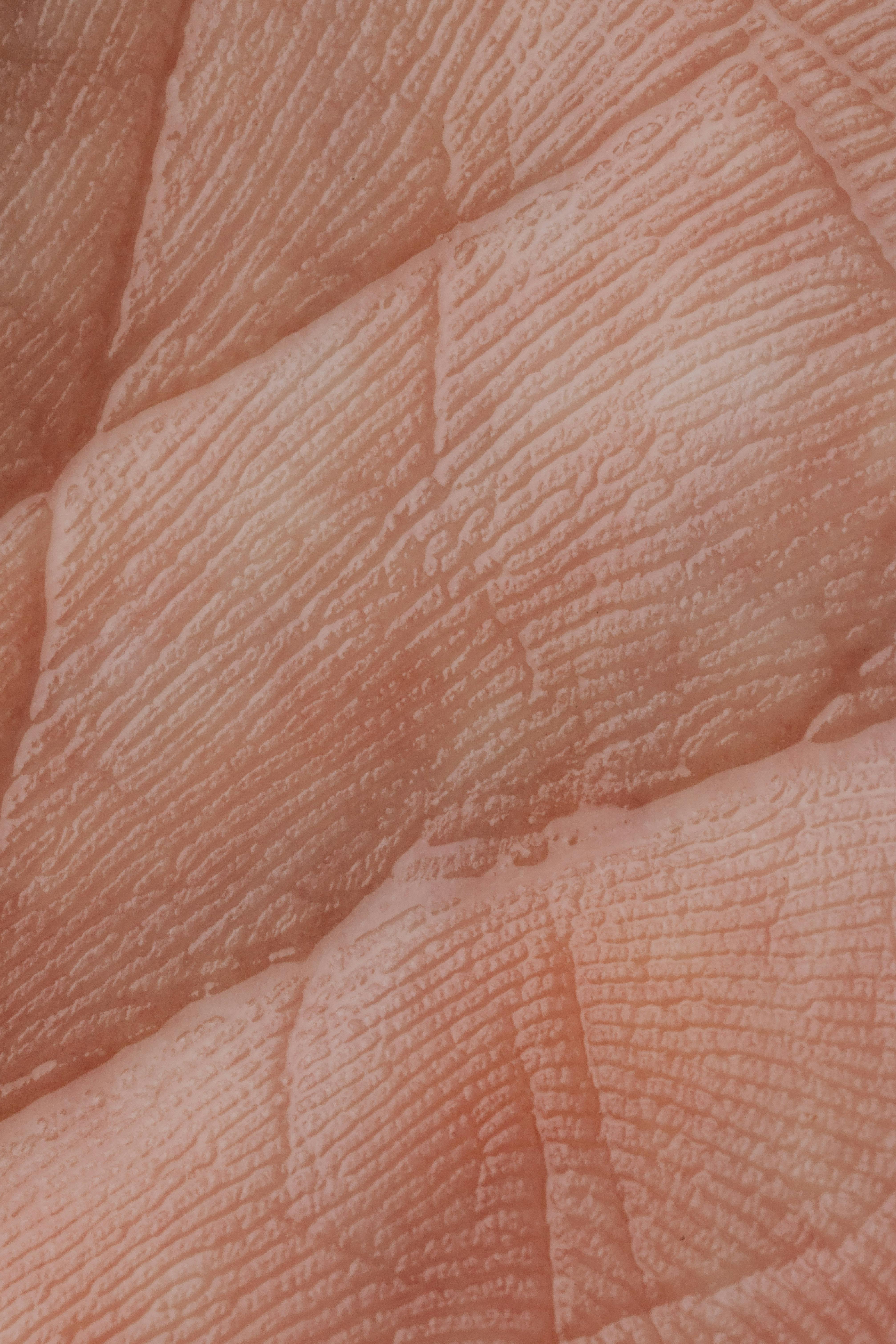
How to Properly Change Your Kitchen Faucet in 2025
Changing your kitchen faucet can seem like a daunting task, especially if you're not familiar with plumbing basics. However, with the right tools and a clear understanding of the process, it can be a straightforward DIY project. In this guide, we’ll walk you through how to properly change your kitchen faucet, ensuring a smooth installation and connection to your water supply.
Embracing modern designs and functionalities is essential in 2025. Whether you are opting for a pull-down kitchen faucet or a touchless kitchen faucet, our comprehensive kitchen faucet installation guide will provide the information you need. We will share expert tips, common pitfalls to avoid, and ensure your new faucet is both efficient and stylish.
Throughout this article, you'll learn about essential plumbing tools required, how to disconnect the water supply, remove the old kitchen faucet, and how to install the new fixtures safely. With our easy-to-follow steps and practical advice, you’ll be equipped to conquer common faucet issues confidently.
Let’s dive into the key steps for a successful kitchen faucet replacement tutorial!
Essential Tools and Plumbing Safety Tips
Before embarking on your faucet installation journey, it's crucial to gather all the necessary tools and understand plumbing safety guidelines. Collecting your plumbing equipment beforehand will save time and facilitate a smoother process.
Plumbing Tools Required for Faucet Installation
To install your new kitchen faucet, you will need:
- Adjustable wrench
- Pipe wrench (if necessary)
- Plumber's tape
- Screwdriver (flat and Phillips)
- Bucket or towel for water catch
- Pliers
- Level
These tools will help you facilitate not only removing the old faucet but also securing the new fixture to the sink properly. Ensure to have everything ready before you start to avoid interruptions.
Plumbing Safety Tips for Homeowners
Working with plumbing can be tricky, but following plumbing safety tips can prevent accidents:
- Always wear safety goggles and gloves to protect against potential splashes and sharp objects.
- Turn off the water supply before starting to prevent flooding.
- Ensure your workspace is clean and free of any unnecessary items to avoid accidents.
Familiarizing yourself with plumbing basics and having these precautions in mind will ensure a safer installation experience.
Assessing Your Faucet Compatibility
Choosing the right faucet type is important for both aesthetic and functional purposes. Assess your kitchen plumbing setup to ensure compatibility with your new faucet. Look for characteristics such as:
- The number of holes in your sink: Ensure your new faucet matches the mounting requirements.
- Water line types: Check for supply line compatibility to avoid major plumbing modifications.
- Height restrictions: Adjust faucet height accordingly to prevent water splash.
Understanding faucet configurations will help you streamline the installation process and avoid any changes that could delay your project.
Step-by-Step Kitchen Faucet Installation Process
Now that you have the tools and knowledge to ensure compatibility, let’s go through the step-by-step installation process for your new kitchen faucet.
Disconnecting the Water Supply
The first step in your kitchen faucet replacement process is to disconnect the water supply. Follow these instructions:
- Locate the shut-off valves under your sink and turn them clockwise to shut off the water supply.
- Place a bucket or towel underneath to catch any residual water.
- Disconnect the supply lines from the old faucet using an adjustable wrench, turning counter-clockwise.
This step is crucial to avoid any spills or leaks during the installation process.
Removing the Old Kitchen Faucet
With the water supply disconnected, you can now remove the old faucet. Here's how:
- Locate and remove any mounting nuts securing the old faucet to the sink. Use your adjustable wrench as needed.
- Lift the old faucet out and clean the area where it was installed to ensure a good seal for the new faucet.
Be cautious while removing the old faucet, as excess movement could damage your sink or plumbing systems.
Installing the New Kitchen Faucet
Now comes the exciting part: installing your new faucet! Here are the steps to follow:
- Position the new faucet in the sink holes and ensure it is centered correctly.
- Secure the faucet to the sink using the provided mounting hardware and nuts.
- Connect the faucet supply lines to the corresponding water supply connections; ensure they are tight but do not overtighten.
This installation process is the key to a successful install. Ensuring your faucet is properly secured will prevent leaks and provide a stable operation.
Final Steps for a Successful Installation
The last steps of your kitchen faucet installation include sealing and testing for leaks, ensuring everything is functioning as intended.
Connect and Adjust Faucet Supply Lines
When connecting the supply lines, remember:
- Select the right connectors based on the type of faucet and ensure they are compatible.
- After securing the connections, make sure to adjust the height if necessary to optimize water flow.
After connecting the lines, it’s time to check for leaks.
Check for Leaks and Secure Faucet to Sink
After all lines are connected, follow these tips:
- Turn the shut-off valves counter-clockwise to restore water flow.
- Gradually open the faucet and let it run for a minute.
- Check all connections for any signs of leaks. If found, tighten as needed.
- Seal the base of the faucet with plumber’s putty for additional leak prevention.
By taking these precautions, you can ensure long-term reliability from your newly installed faucet.
Common Faucet Issues and Maintenance Tips
Once you've installed your faucet, it's essential to understand common faucet problems and preventative maintenance tips to keep it in optimal condition.
Identifying Common Faucet Problems
Homeowners may encounter several issues with faucets, such as:
- Leaking or dripping faucets which may indicate issues with cartridges or washers.
- Water pressure problems that could stem from clogged aerators.
- Inconsistent temperature control caused by issues in valve performance.
Identifying these issues early can prevent bigger plumbing problems down the road.
Faucet Maintenance Tips for Longevity
To maintain your new faucet for years to come, implement the following practices:
- Regularly clean the faucet and handles to prevent mineral buildup and corrosion.
- Periodically check for leaks and replace worn parts promptly.
- Consider using a water filter faucet if you intend on purifying your water supply.
By following these simple maintenance tips, your faucet can continue to function efficiently over its lifespan.
FAQs about Kitchen Faucet Replacement
What is the average cost of a new kitchen faucet?
The cost can vary widely based on the style and brand of the faucet you choose, ranging from $50 to $500 or more for premium options.
How often should I replace my kitchen faucet?
On average, faucets should be replaced every 10-15 years or sooner if there are repeated issues with leaks or performance.
Can I install a kitchen faucet myself?
Yes, most homeowners can successfully install a kitchen faucet with some basic plumbing knowledge and the right tools.
Should I hire a plumber for faucet installation?
If you're uncomfortable with DIY tasks or if existing plumbing issues might complicate the installation, hiring a professional plumber is recommended.
What are the environmental benefits of new kitchen faucets?
Modern kitchen faucets often feature water-saving technologies, which can significantly reduce water consumption and lower utility bills.

